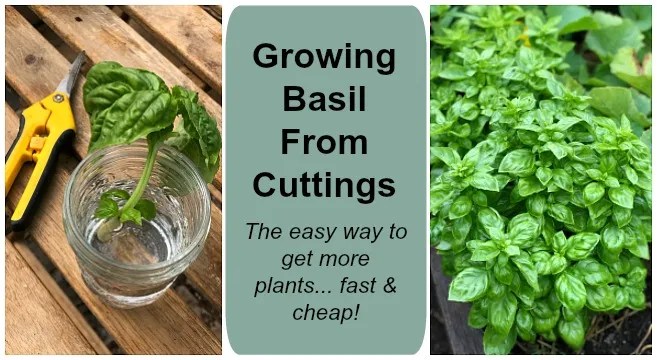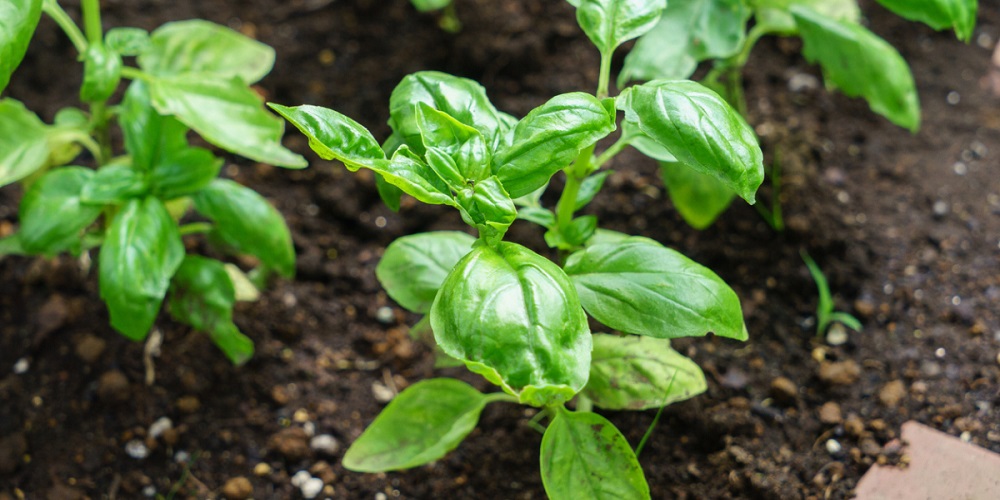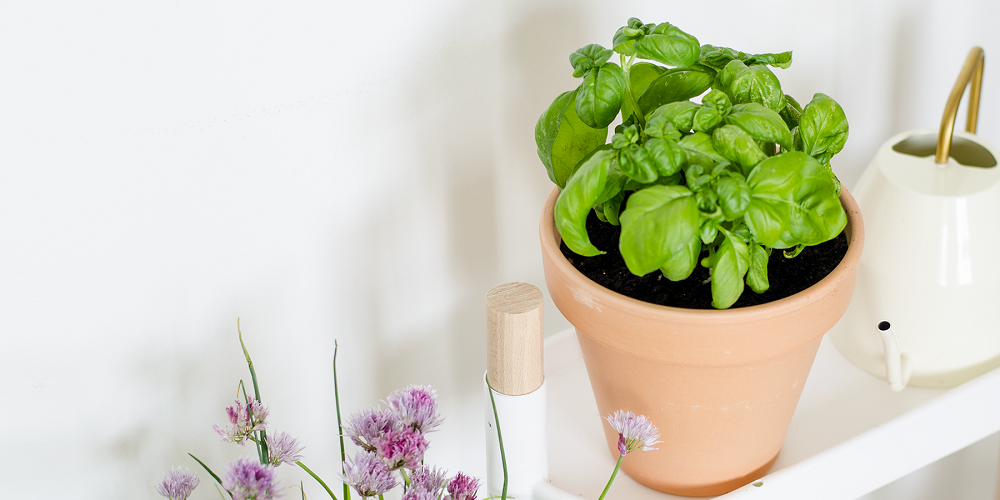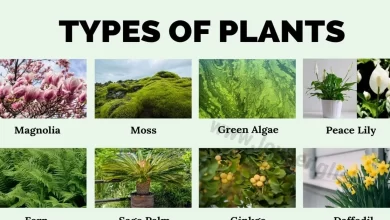How to plant basil

Many people decide to grow basil at home, as it is very popular as a fundamental spice in Italian cuisine, but its use has spread to all Mediterranean countries and other parts of the world. However, this plant requires certain special care if we want to enjoy all its properties.
Ocimum basilicum, popularly known as basil, is a plant species native to Persia, India, Iran and other tropical areas of the Asian continent. It has been considered as a sacred plant by different cultures and religions. For example, practitioners of the Greek Orthodox Church attach great importance to it, since they think that Helen of Constantinople found the True Cross of Jesus Christ thanks to the smell of basil, which, according to tradition, guided the Roman Empress to the place. Right.
Today, basil is widely used in local and international cuisine, but also in Ayurveda and other healthy lifestyles. Likewise, it is credited with the ability to heal wounds, although there is not enough scientific consensus in this regard. On the other hand, vaping lovers combine essences of this and other herbs to improve the flavor of the vapor. In this sense, it is worth making a parenthesis to mention that the best price-quality vaper should be compatible with e-liquids from different plants.
There are more than 40 types of basil and their aroma can vary from one to another, in addition, there are different sizes, but we can say that common basil has a stem of approximately 50 cm with aromatic foliage and flowers in summer. Although it is a predominantly green plant, there is a purple basil that is used as a treatment against various diseases.
The best way to grow basil at home
Before deciding when to plant basil, we must consider that the cultivation of this plant depends a lot on temperature, since it prefers warm weather, with temperatures of 15 to 25 °C, while it cannot survive in intense cold. This is why basil is a perennial plant in the tropics, so it can be grown without major inconvenience throughout the year, while in the Mediterranean it is known as an annual species, since it is grown only during the spring and summer seasons. summer.
If you are in Spain, you should sow basil seeds at the end of March, so that you can start enjoying its foliage in mid-June. However, to obtain a good harvest, it is appropriate to follow some recommendations on how to care for basil:

1. Land preparation
If the soil in the garden is of poor quality, it is very likely that the basil will not be able to survive, therefore, it is necessary to place between 10 and 15 cm of compost and high quality fertilizers. It is possible to use manure in a moderate amount of 2 to 5 cm and even ground coffee, however, the excess can create an unfavorable PH for basil. Also, remember to dose the fertilizers very well, since these can damage the flavor of the leaves, which limits the use of the plant as a spice.
2. It is better to use a seedbed
Some people sow this plant directly in the ground, but what experts recommend is to make a seedbed. In homes it is more practical to have basil in a pot since it is widely used in the kitchen and it is good to have the leaves on hand. Small pots serve as containers, you just have to fill them with nutrient-rich soil, leaving 2 cm to spread the seeds on the surface. Afterwards, carefully add another 2 mm of soil or mulch over the seeds, without burying them too deeply. Lastly, you need to water the pots.
In case you don’t have pots, you can use plastic coffee cups, but remember to make some holes in the base for proper drainage. Likewise, it is vitally important to keep the seedbeds moist and in the shade for a period of 10 to 15 days. The seedbed is done in March, but after 2 months you should transplant the basil, either to a separate pot or directly to the ground with a separation of at least 25 cm between each plant.
If you do not have seeds and you are going to plant basil by cuttings, you only have to cut a branch and submerge it in a container with water and rooting agent for a week. Once the stem has roots, you can plant the basil in a pot or directly in the ground.

3. Avoid excess watering
It is important to point out that basil prefers moist soils, since it dehydrates very easily, but good drainage must be guaranteed so that puddles do not form on the ground, since the plant would drown, therefore, it is preferable to carry out Frequent watering in moderate amounts.
Priority should be given to the base of the plant when watering basil, since if you constantly wet the leaves, fungi can appear. In this sense, keeping the top of the basil dry is a good way to avoid diseases. In addition, plant scholars recommend watering in the morning, so that there is a period of time in which the plant uses the necessary water. Later, in the afternoon, the sun takes care of evaporating the rest of the water.
It is crucial to avoid overwatering, for this reason, you should not water basil plants if it has been raining in your area. A trick to know if watering is necessary is to insert your fingers carefully so as not to damage the roots. You should feel that the soil is moist to 5 cm deep, if it is not, you can proceed to water.
4. The correct way to harvest basil
The harvest is fundamental in the care of basil, since the duration of the plant in good conditions depends on this. If you are in the tropics, once 40 days have elapsed from the transplant, proceed to prune the basil, cutting the ends of the stems before they flower, in this way, the plant will continue to vegetate. In the Mediterranean, it is possible to apply this method to extend the life of basil, but it is difficult to fight against the winter climate.

![Photo of 4 Avocado Pests and Diseases: [Causes and Solutions]](https://www.complete-gardening.com/wp-content/uploads/2022/08/4-avocado-pests-and-diseases-causes-and-solutions-390x220.jpg)


![Photo of The Planting of the Holm Oak in Depth [Complete Guide]](https://www.complete-gardening.com/wp-content/uploads/2022/08/the-planting-of-the-holm-oak-in-depth-complete-guide-390x220.jpg)